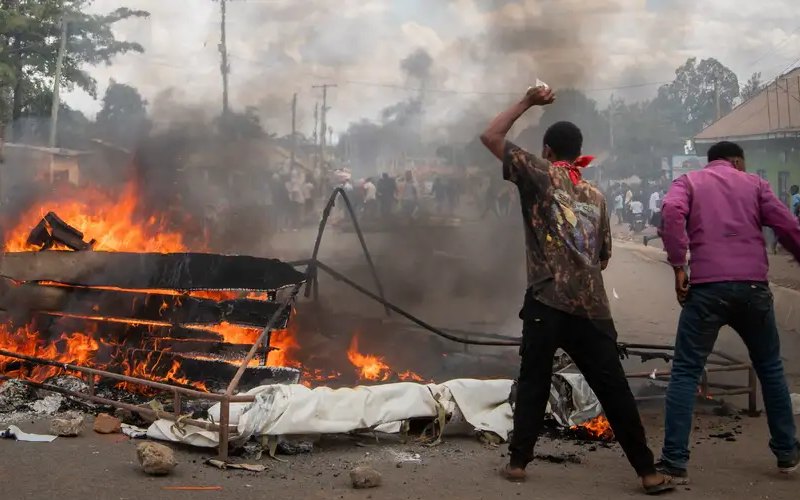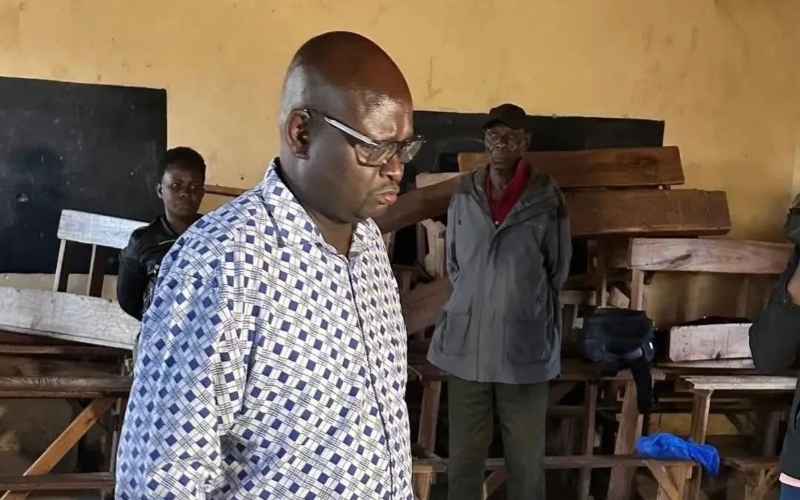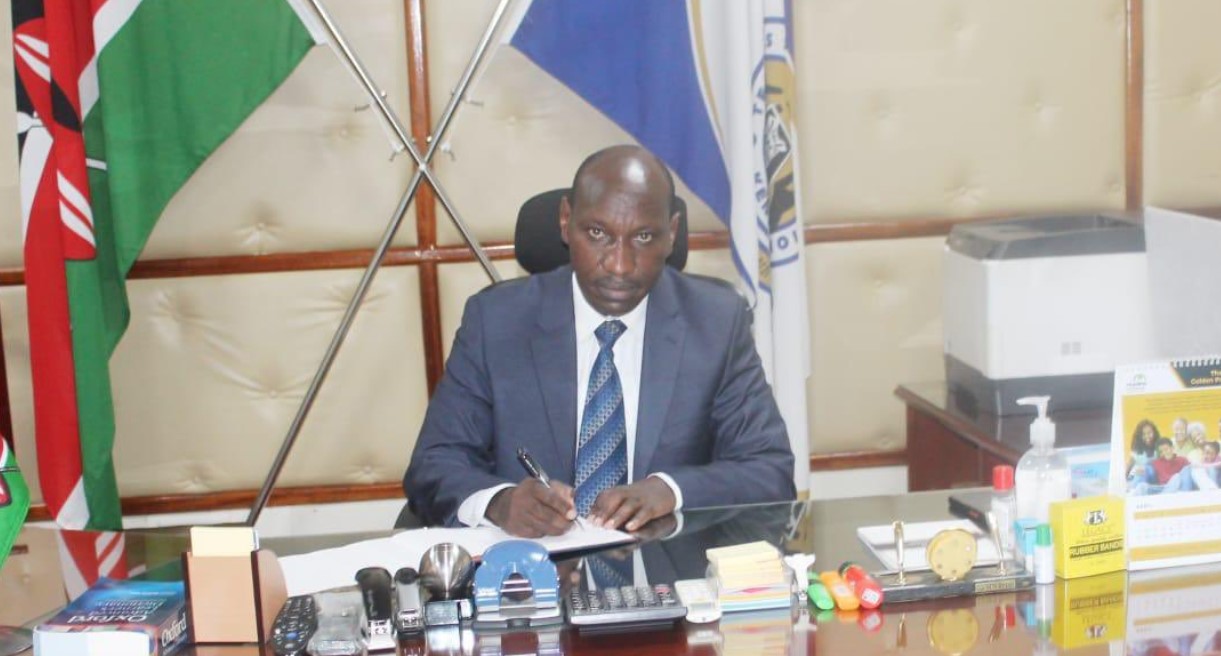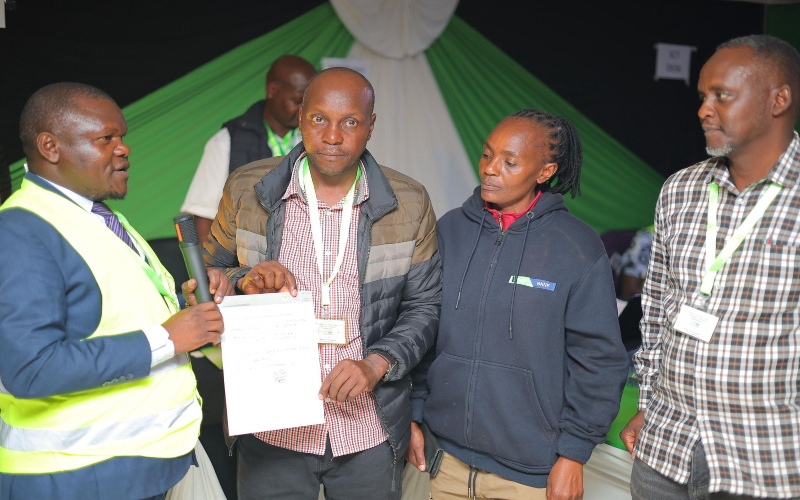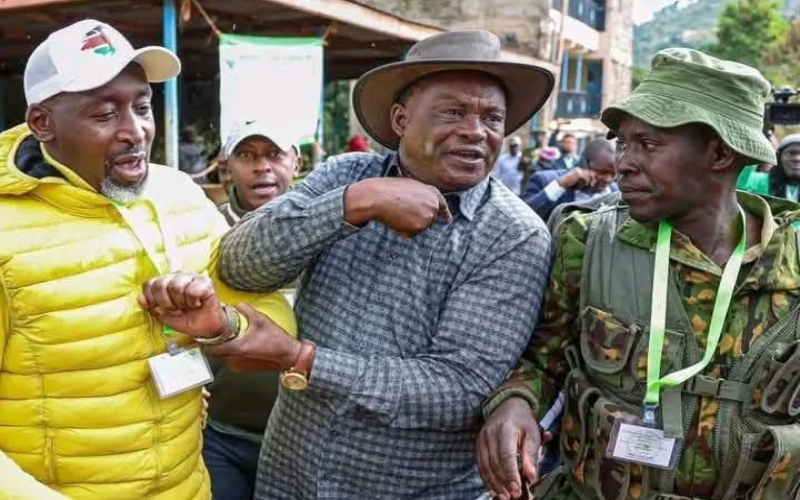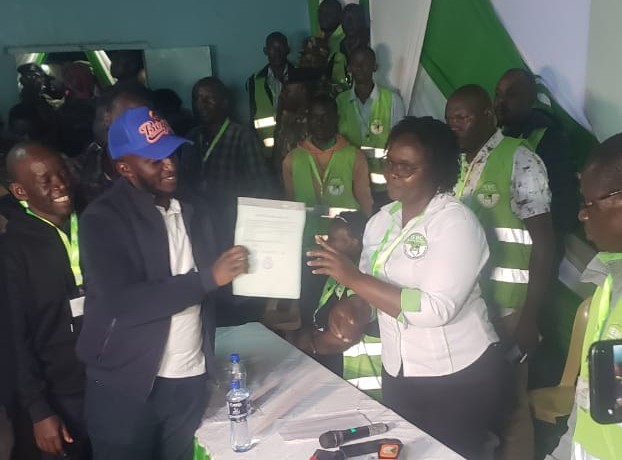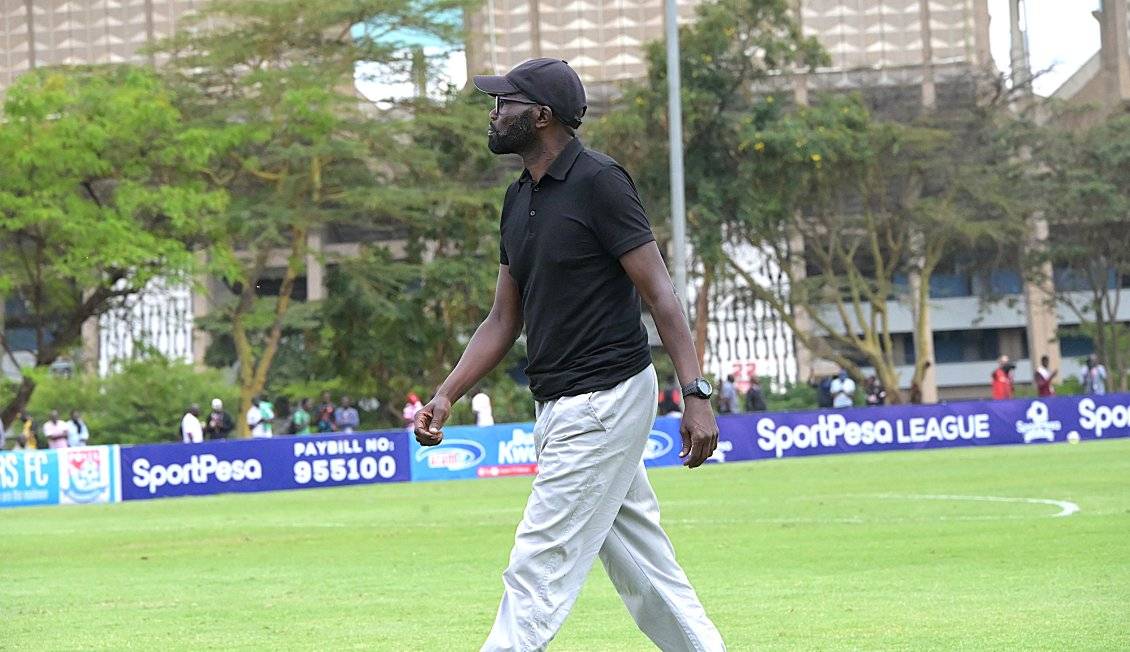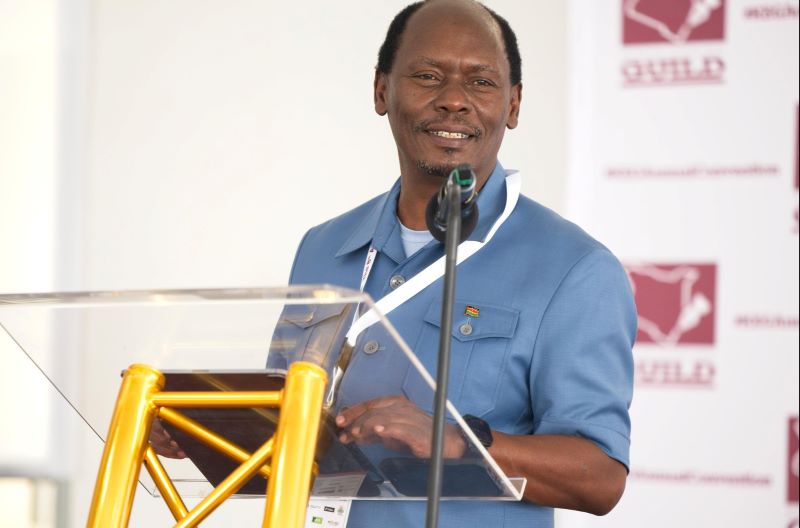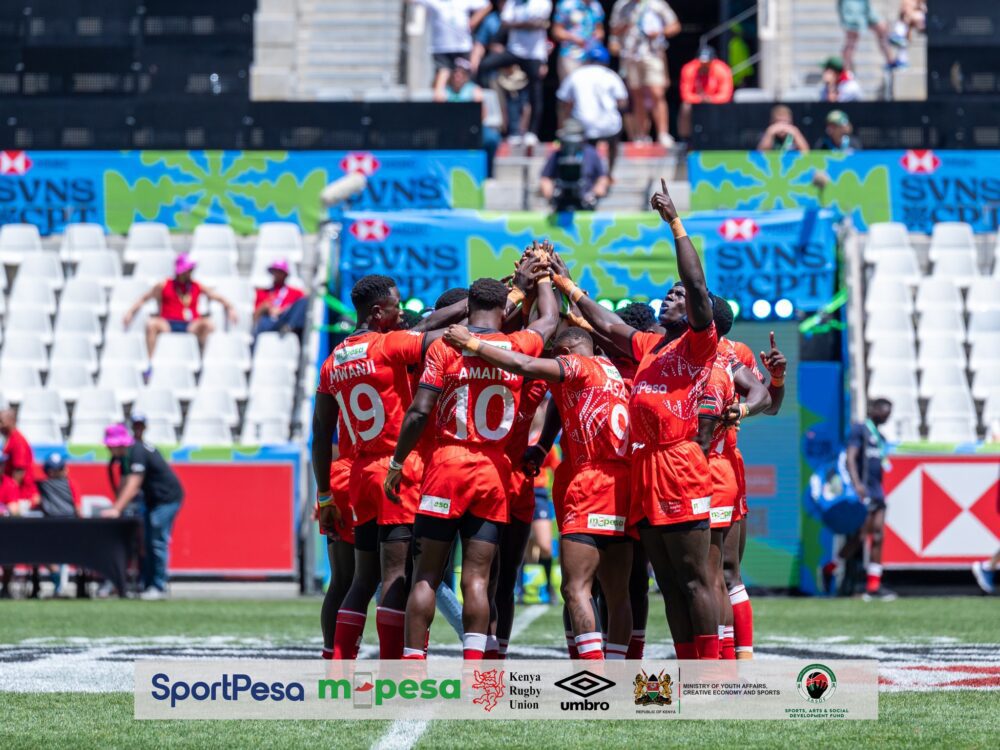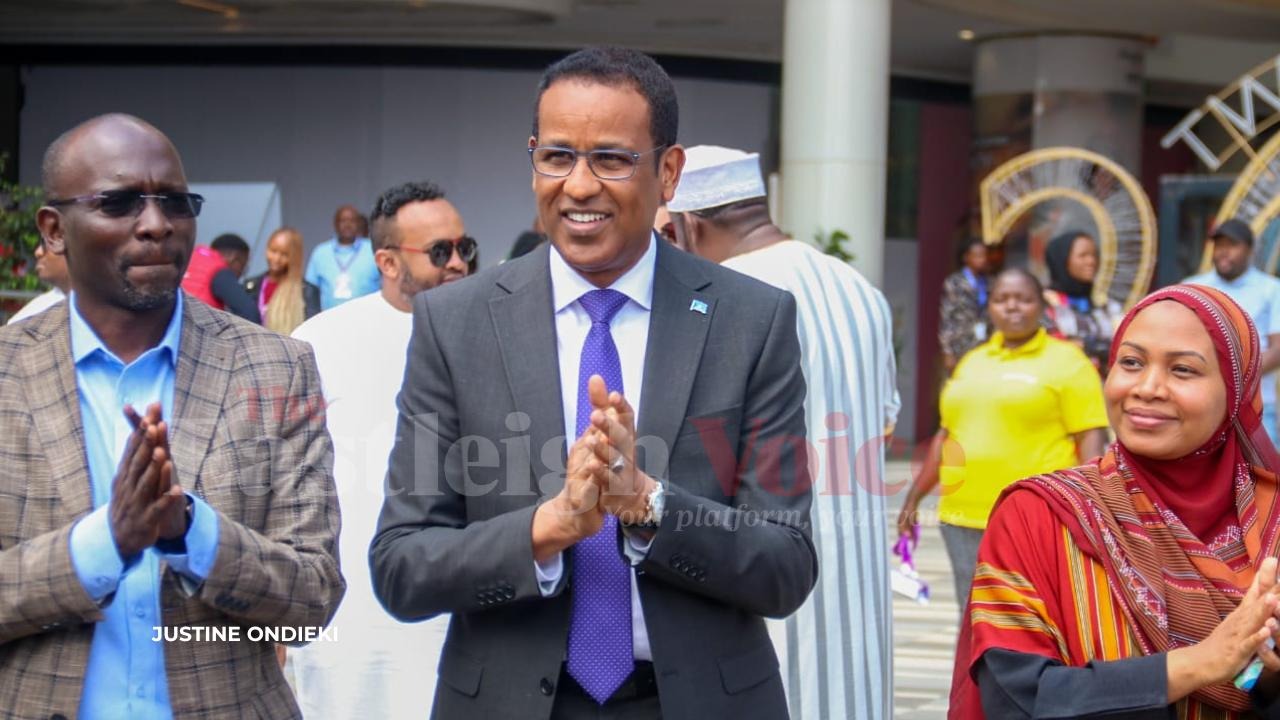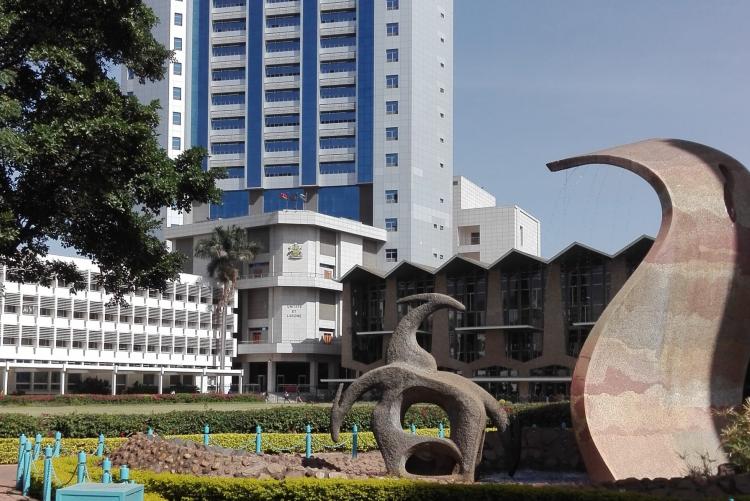State urged to add 1.4 million people to social protection scheme ahead of the 2026/27 budget
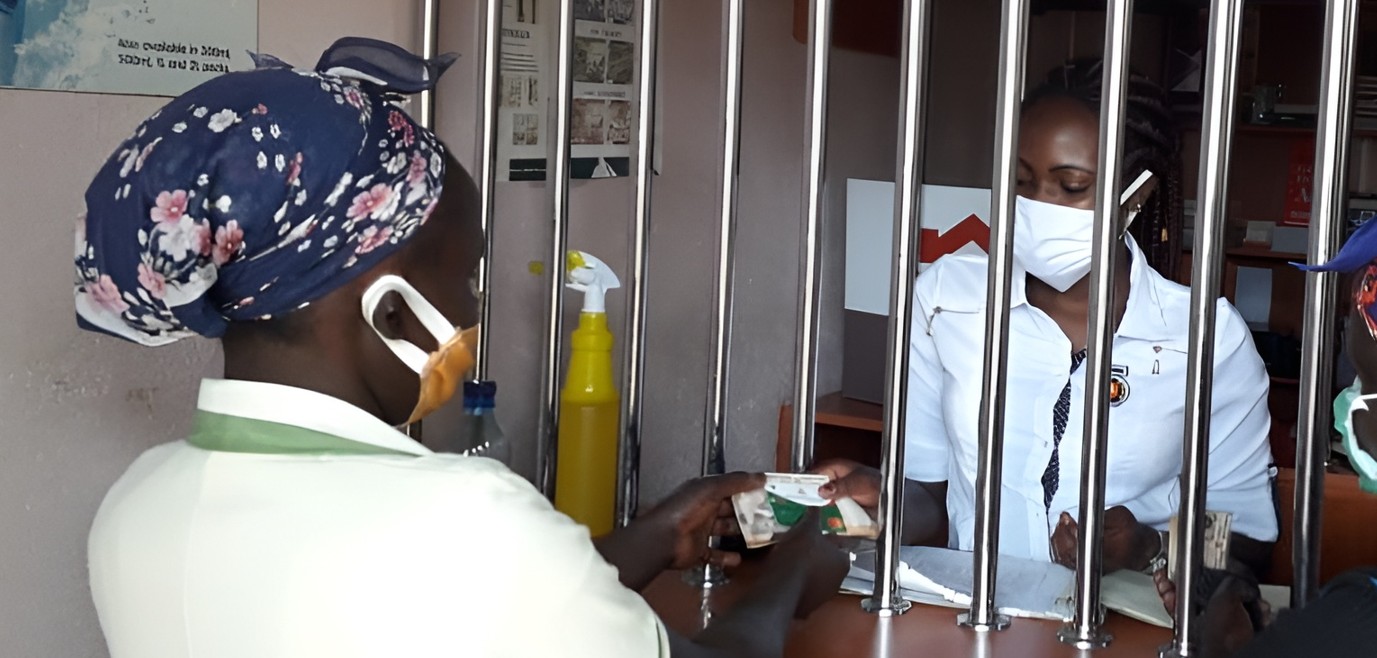
The analysts are calling on the state to increase the number of beneficiaries added to cash transfer programmes by at least 1.4 million people annually.
Kenya’s social protection came under scrutiny during the three-day 2026/27 budget hearing sessions that concluded on November 21.
The sessions are part of the budget-making cycle where the government is preparing a Sh4.649 trillion budget for the financial year, an 8.9 per cent rise from the current year estimate.
More To Read
- Hope for 439,000 families as government sends Sh878.8 million in Inua Jamii support
- Government disburses Sh880 million to support orphans, vulnerable children
- Over 1.2 million Kenyans to benefit from Sh2.4 billion Inua Jamii payout
- Three years of William Ruto: The successes and failures shaping his legacy as president
- State disburses Sh4.6 billion for delayed Inua Jamii stipends
- State to link Inua Jamii payments with civil records to curb fraud
Submissions by public finance watchdog Bajeti Hub, for instance, warn that the government risks missing its own medium-term targets in the sector, unless it dramatically scales up enrolment and funding in the coming budget.
The analysts are calling on the state to increase the number of beneficiaries added to cash transfer programmes by at least 1.4 million people annually.
They argue that the current momentum is far too slow to meet the 2028 target of 3.1 million Kenyans under the Linda Jamii programme.
According to the sector report, cash transfer programmes reached 1.76 million people in the 2024/25 financial year.
“This means that within the next two years, the number of beneficiaries will need to grow significantly to reach or exceed that level,” Bajeti Hub said.
Additionally, the Hub’s presentation masks underlying inequities in programme targeting. It says while the absorption rate in the Social Protection and Senior Citizen Affairs subsector has steadily improved, rising from 94.22 per cent in FY 2022/23 to 98.97 per cent in FY 2024/25, the progress exceeded its targets for elderly beneficiaries by six per cent but missed targets for orphans and vulnerable children (OVCs) by eight per cent.
This imbalance, experts say, reflects a long-running policy gap as children, who account for nearly half of all poor Kenyans, remain significantly under-represented in State safety nets.
“Although children comprise 48.7 per cent of Kenya’s poor, with youth and adults at 43 per cent and the elderly only 8.3 per cent, social protection spending remains disproportionately focused on older persons,” the Hub said.
“The elderly receive 69.3 per cent of the Inua Jamii allocation, while children receive only 4.5 per cent. This mismatch highlights a policy gap: resources are not aligned with where poverty is most concentrated.”
To close this gap, the analysts recommended stronger identification systems, expanded integration between national and county registries, and more deliberate support for OVC enrolment.
“Over the medium term, the government should adopt a deliberate strategy to progressively scale up OVC funding, reducing persistent underperformance and missed targets.”
The funding deficit presents an even greater challenge.
The submission indicates that the sector requires about Sh44 billion, but the proposed allocation covers only two-thirds of that amount.
Stakeholders argue that the 2026/27 budget should raise Inua Jamii funding to at least Sh40 billion, with a significant share of the increase directed specifically to OVCs.
This, they say, would begin to align budget allocations with the demographic realities of poverty, where children and youth bear the greatest burden.
Top Stories Today
